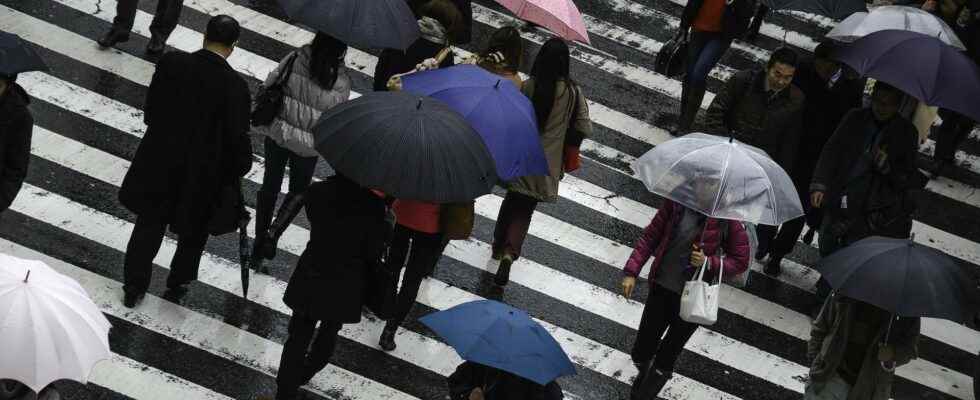Contrary to what one might think, the city in France with the highest rainfall is not located in Brittany. And Lille only comes in twentieth position. Here is the ranking by amount and by day of rain.
You will also be interested
[EN VIDÉO] Kezako: how to forecast the weather? Weather forecasts involve many factors: analysis of winds, atmospheric pressure, temperatures, etc. Unisciel and the University of Lille 1 explain to us, during this episode of Kézako, how scientists predict the weather in the coming days.
Brittany is, in the minds of many, synonymous with cold and bad weather. True, it often rains there, but in total quantity it is not so significant. In Rennes, for example, 694 millimeters of rain per year, barely more than in Montpellier (629 millimeters per year). Because the Breton rains are more like a drizzle only at torrential rains. But overall, the impression that remains is rather that of the number of rainy days (measured when rainfall exceeds 1 millimeter per day) and, on this criterion, Brittany is much worse off: 159 days of rain in Brest against 53 days in Marseille.
In total annual rainfall, Biarritz comes first. The ocean indeed brings a lot of humidity, but unlike Brittany, the clouds stumble over the Pyrenees chain and pour their water over the Basque Country. The city of Besançon, in the Doubs, is also very wet throughout the year. The differences in rainfall can also be explained by the winds, in particular the foehn effect. When it encounters relief, the wind from the south causes heavy rainfall on the exposed side, while the other side enjoys hot, dry weather. This explains in particular why Clermont-Ferrand, to the north of the Massif Central, or Colmar, to the east of the Vosges Mountains, are among the least rainy cities in France.
Obviously, this classification does not take into account the overseas departments and territories. In this case, the prize goes to Saint-Benoit, Reunion, with an average rainfall of 3,532 millimeters per year and 196 days of rain over the year.
Rainfall measurement
The precipitation are measured in millimeters: one millimeter being considered equivalent to one liter per square meter. For precipitation solid (snow, hail…), they are estimated either by melting the quantity of precipitation collected, or by multiplying its weight by an equivalence coefficient in millimetre(s) by kilogram that we consider known. It is, for example, generally accepted that a layer of fresh snow of 1 cm is equivalent to a depth of water of 0.8 mm).
Interested in what you just read?
